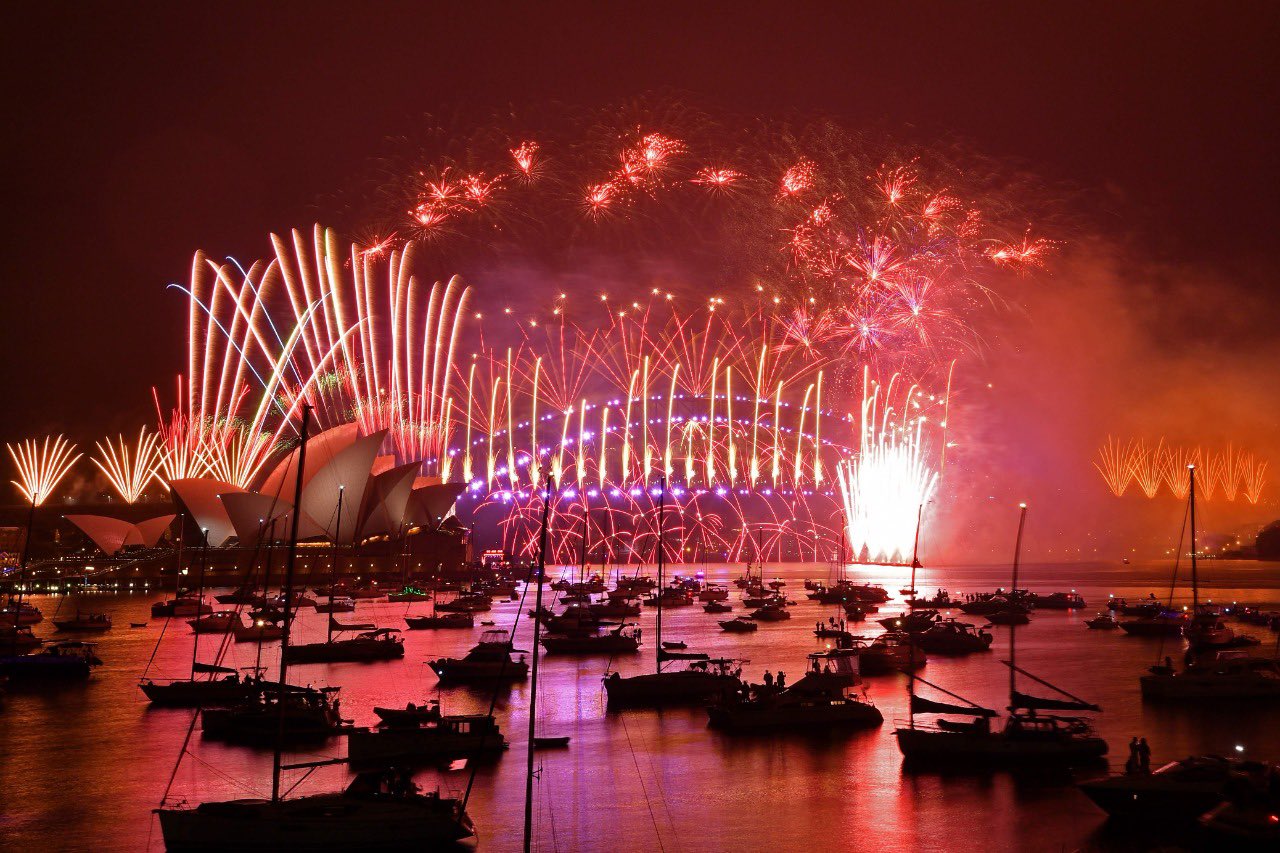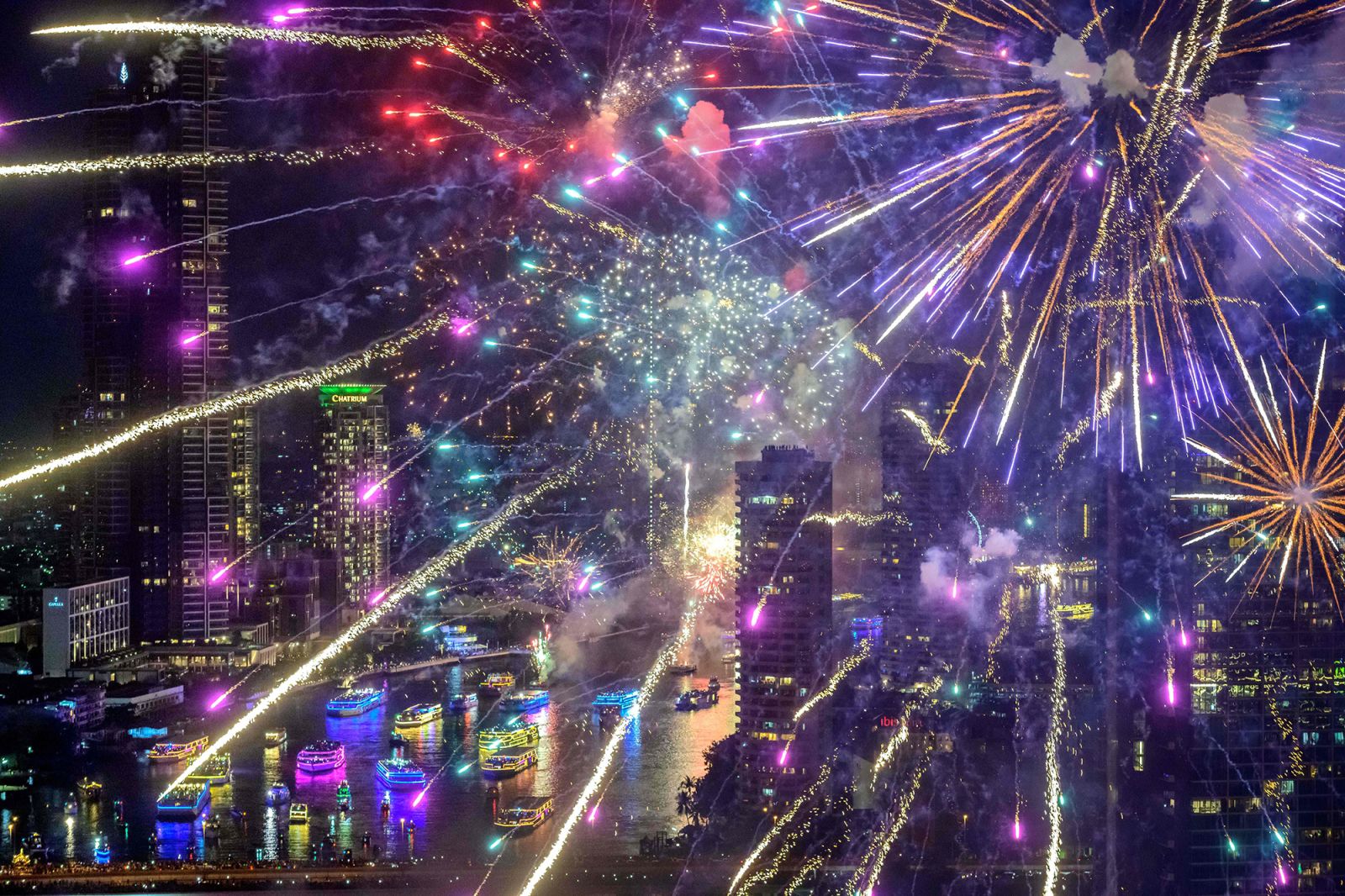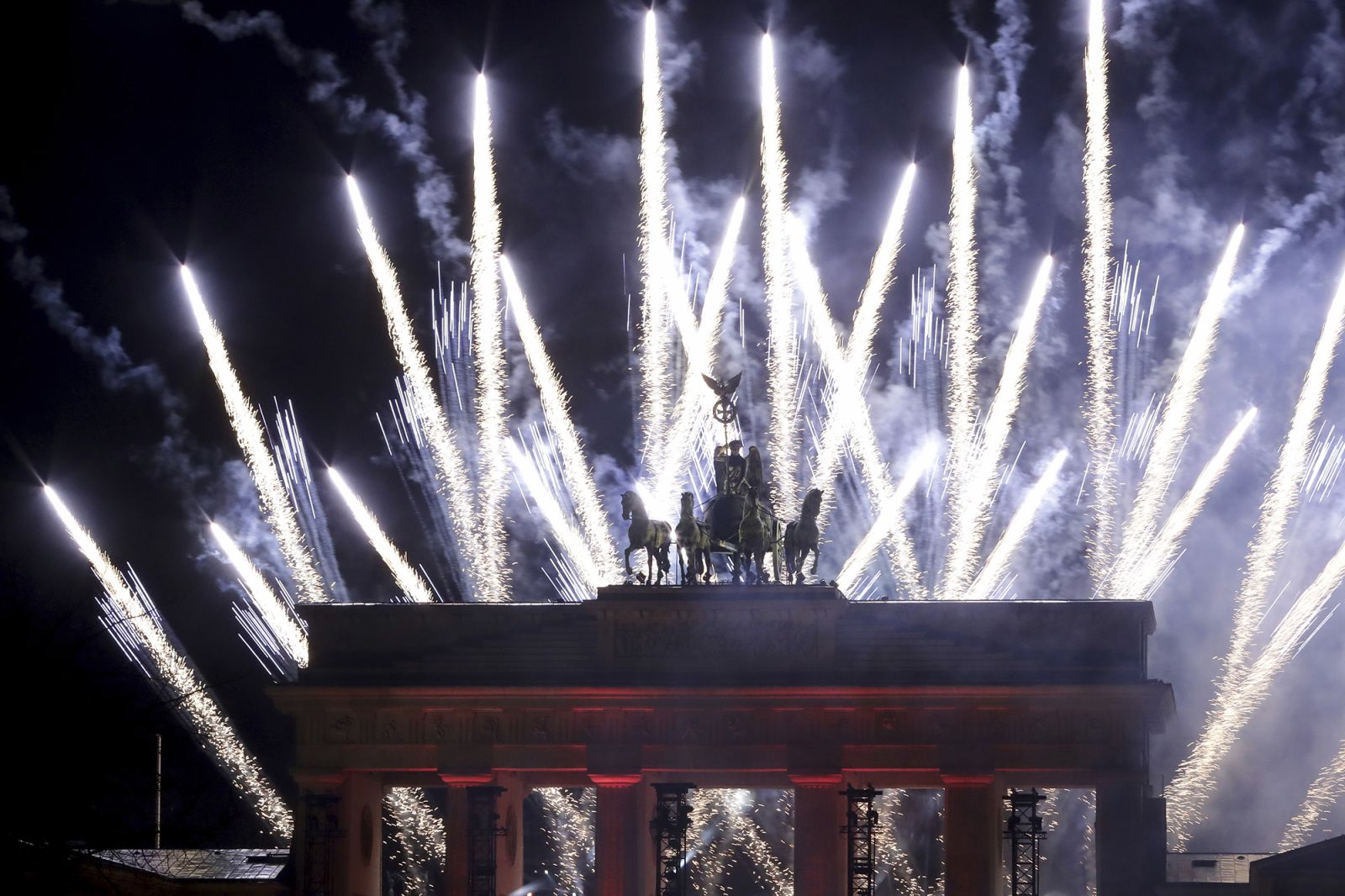New Year’s Eve, being the last day of the year in the Gregorian calendar invites one of the largest global celebrations. In most cities, there are evening parties, roaring crowds, gatherings for fireworks shows and, strangers kissing on New Year’s Eve. The celebrations usually go on past midnight into New Year’s Day, 1 January.
New Year festivals are among the oldest and the most universally observed. The earliest known record of a New Year festival dates from about 2000 BCE in Mesopotamia. In Babylonia, the new year began with the new moon after the spring equinox (mid-March) and in Assyria with the new moon nearest the autumn equinox (mid-September). For the Egyptians, Phoenicians, and Persians the year began with the autumn equinox (September 21). For the early Greeks, it began with the winter solstice (December 21).
On the Roman republican calendar, the year began on March 1, but after 153 BCE the official date was January 1. In early medieval times, most of Christian Europe regarded March 25 as the beginning of the new year, although New Year’s Day was observed on December 25 in Anglo-Saxon England. William the Conqueror decreed that the year begins on January 1, but England later adopted March 25. The Gregorian calendar, adopted in 1582 by the Roman Catholic Church, restored 1st January as New Year’s Day, and most European countries gradually followed suit. (Source: Britannica)
Let’s look at how New Year’s Eve around the world is celebrated!
Aukland – New Zealand
Auckland, New Zealand’s largest city, is usually one of the first places in the world to ring in the new year with dazzling fireworks. New Zealand waves goodbye to 2020 with a New Year’s Eve fireworks display at the iconic Sky Tower in its central business district.


Sydney – Australia
Fireworks explode in Australia over empty streets as 2020 slinks away into history. The Sydney Harbour fireworks display is seen over a near-empty Sydney Opera House forecourt during New Year’s Eve celebrations.




Bangkok – Thailand




Dubai – UAE


Cairo – Egypt

Berlin – Germany



Russia – Moscow

Rotterdam – Netherlands

Pyongyang – North Korea

Paris – France

Mexico City – Mexico

Madrid – Spain

Athens – Greece

Singapore

Manila – Philippines

Ras al-Khaimah – UAE

Rawalpindi – Pakistan




